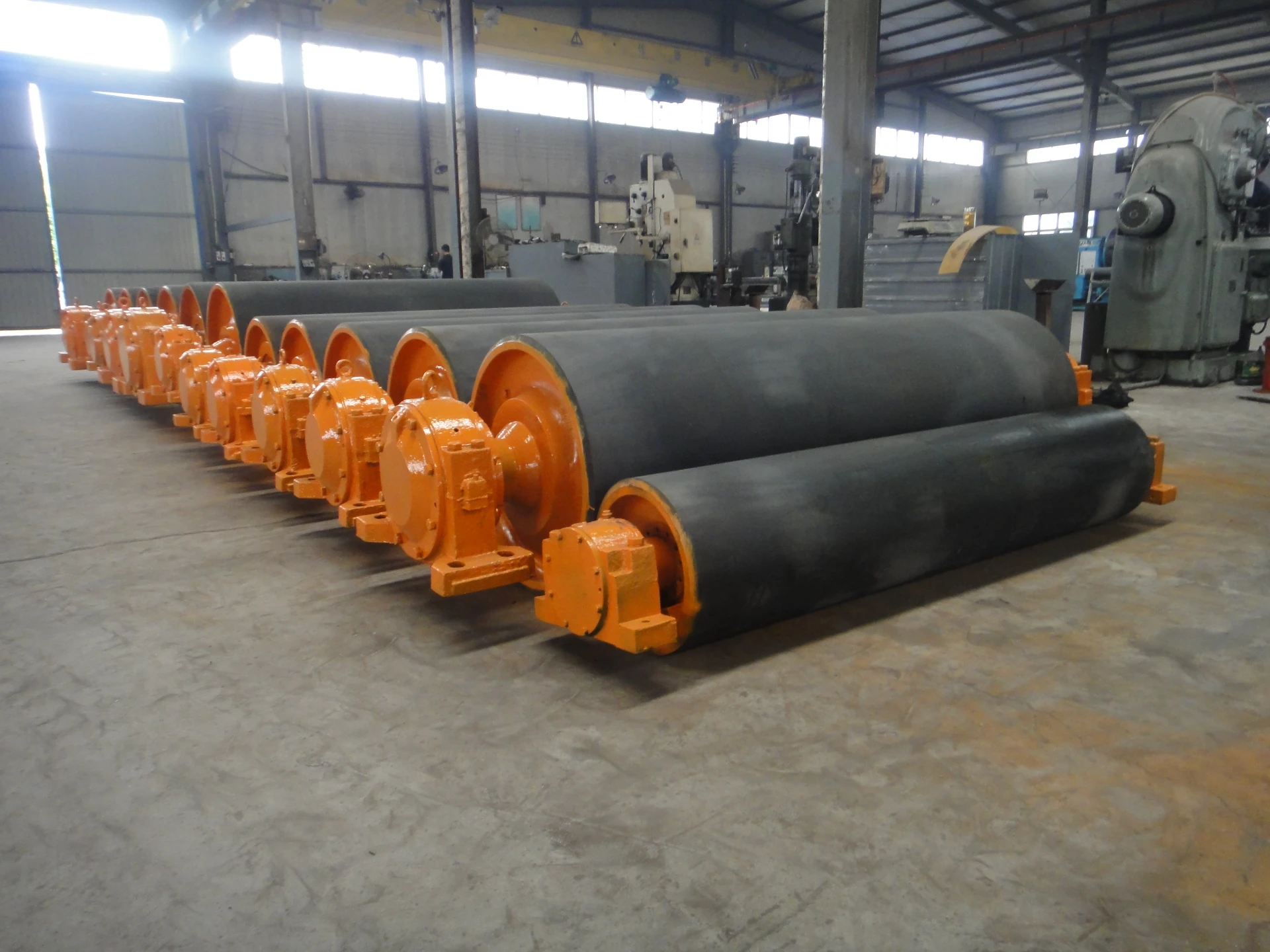 Afrikaans
Afrikaans  Albanian
Albanian  Amharic
Amharic  Arabic
Arabic  Armenian
Armenian  Azerbaijani
Azerbaijani  Basque
Basque  Belarusian
Belarusian  Bengali
Bengali  Bosnian
Bosnian  Bulgarian
Bulgarian  Catalan
Catalan  Cebuano
Cebuano  Corsican
Corsican  Croatian
Croatian  Czech
Czech  Danish
Danish  Dutch
Dutch  English
English  Esperanto
Esperanto  Estonian
Estonian  Finnish
Finnish  French
French  Frisian
Frisian  Galician
Galician  Georgian
Georgian  German
German  Greek
Greek  Gujarati
Gujarati  Haitian Creole
Haitian Creole  hausa
hausa  hawaiian
hawaiian  Hebrew
Hebrew  Hindi
Hindi  Miao
Miao  Hungarian
Hungarian  Icelandic
Icelandic  igbo
igbo  Indonesian
Indonesian  irish
irish  Italian
Italian  Japanese
Japanese  Javanese
Javanese  Kannada
Kannada  kazakh
kazakh  Khmer
Khmer  Rwandese
Rwandese  Korean
Korean  Kurdish
Kurdish  Kyrgyz
Kyrgyz  Lao
Lao  Latin
Latin  Latvian
Latvian  Lithuanian
Lithuanian  Luxembourgish
Luxembourgish  Macedonian
Macedonian  Malgashi
Malgashi  Malay
Malay  Malayalam
Malayalam  Maltese
Maltese  Maori
Maori  Marathi
Marathi  Mongolian
Mongolian  Myanmar
Myanmar  Nepali
Nepali  Norwegian
Norwegian  Norwegian
Norwegian  Occitan
Occitan  Pashto
Pashto  Persian
Persian  Polish
Polish  Portuguese
Portuguese  Punjabi
Punjabi  Romanian
Romanian  Russian
Russian  Samoan
Samoan  Scottish Gaelic
Scottish Gaelic  Serbian
Serbian  Sesotho
Sesotho  Shona
Shona  Sindhi
Sindhi  Sinhala
Sinhala  Slovak
Slovak  Slovenian
Slovenian  Somali
Somali  Spanish
Spanish  Sundanese
Sundanese  Swahili
Swahili  Swedish
Swedish  Tagalog
Tagalog  Tajik
Tajik  Tamil
Tamil  Tatar
Tatar  Telugu
Telugu  Thai
Thai  Turkish
Turkish  Turkmen
Turkmen  Ukrainian
Ukrainian  Urdu
Urdu  Uighur
Uighur  Uzbek
Uzbek  Vietnamese
Vietnamese  Welsh
Welsh  Bantu
Bantu  Yiddish
Yiddish  Yoruba
Yoruba  Zulu
Zulu Benefits and Applications of Rubber Lagging in Industrial Settings
The Importance of Rubber Lagging in Industrial Applications
Rubber lagging is an essential component in various industrial applications, particularly in the field of material handling and mining. It plays a critical role in ensuring operational efficiency, safety, and equipment longevity. This article explores the significance, benefits, and applications of rubber lagging in different industries.
What is Rubber Lagging?
Rubber lagging refers to the method of applying rubber coverings to the surfaces of pulleys, drums, and other rotating equipment. This process is primarily used to enhance traction, protect surfaces, and reduce wear and tear. The rubber material provides a durable interface that prevents slippage and improves the reliability of material transport systems.
Benefits of Rubber Lagging
1. Enhanced Traction One of the primary benefits of rubber lagging is improved friction between the belt and the pulley. This is crucial in applications where high torque is required, as it minimizes slippage and ensures consistent performance. By enhancing traction, rubber lagging helps maintain a steady flow of materials, reducing downtime and increasing productivity.
2. Wear Resistance The use of rubber lagging significantly reduces wear on both the belt and the pulleys. The elastic nature of rubber allows it to conform to the surfaces, distributing the load evenly and minimizing stress points. This not only prolongs the life of the equipment but also decreases maintenance costs, as parts do not require frequent replacements.
3. Noise and Vibration Dampening Rubber is an excellent material for absorbing vibrations and noise generated by industrial machinery. Employing rubber lagging helps create a quieter work environment, reducing noise pollution and enhancing the comfort of the workforce. Additionally, dampening vibrations can prevent damage to sensitive equipment, contributing to improved operational consistency.
4. Frictional Properties Depending on the specific application and requirements, rubber lagging can be manufactured with various surface textures and hardness levels. This customization allows industries to select lagging that best suits their operational needs, whether they require a high-friction surface for steep inclines or a smooth finish for gentle handling.
rubber lagging

5. Corrosion Resistance Rubber lagging is resistant to various chemicals and environmental conditions, making it ideal for harsh industrial environments. Whether exposed to moisture, heat, or corrosive substances, rubber lagging can withstand these elements, thus providing an additional layer of protection for machinery and reducing the likelihood of corrosion.
Applications of Rubber Lagging
Rubber lagging is widely used across several industries, including
- Mining and Quarrying In these sectors, rubber lagged pulleys are essential for conveyor belts that transport heavy materials. The durability and high friction provided by rubber lagging ensure that materials are transported efficiently, even in challenging terrain and conditions.
- Manufacturing and Assembly Lines In manufacturing settings, rubber lagging is commonly applied to conveyor belts used in assembly lines. It ensures smooth and efficient movement of products, reduces the risk of damage during transport, and minimizes noise levels.
- Power Generation Power plants utilize rubber lagging on various equipment, including those involved in coal handling and biomass processing. The protection and traction offered by rubber lagging improve the reliability of power generation systems.
- Agriculture In agricultural applications, rubber lagging can be found in equipment used for transporting grains and other agricultural products. Its ability to prevent slippage and provide cushioning enhances the handling of products while maintaining quality.
Conclusion
In conclusion, rubber lagging is a vital component in numerous industrial applications. Its ability to enhance traction, reduce wear, and dampen noise makes it an invaluable asset in improving the efficiency and longevity of machinery. As industries continue to evolve and seek ways to optimize operations, the importance of reliable components like rubber lagging will remain critical to achieving operational success. By investing in quality rubber lagging solutions, businesses can ensure greater productivity, efficiency, and safety in their operations.
-
Trusted Conveyor Solutions from Leading Conveyor Idler Roller ManufacturersNewsJun.27,2025
-
Reliable Return Idler Solutions for Efficient Belt Conveyor SystemsNewsJun.27,2025
-
Precision Conveyor Accessories for Streamlined Material HandlingNewsJun.27,2025
-
High-Quality Belt Conveyor Idler Solutions for Efficient Material HandlingNewsJun.27,2025
-
High-Performance Belt Conveyor Pulleys for Reliable Material HandlingNewsJun.27,2025
-
Enhancing Material Handling EfficiencyNewsJun.27,2025





























